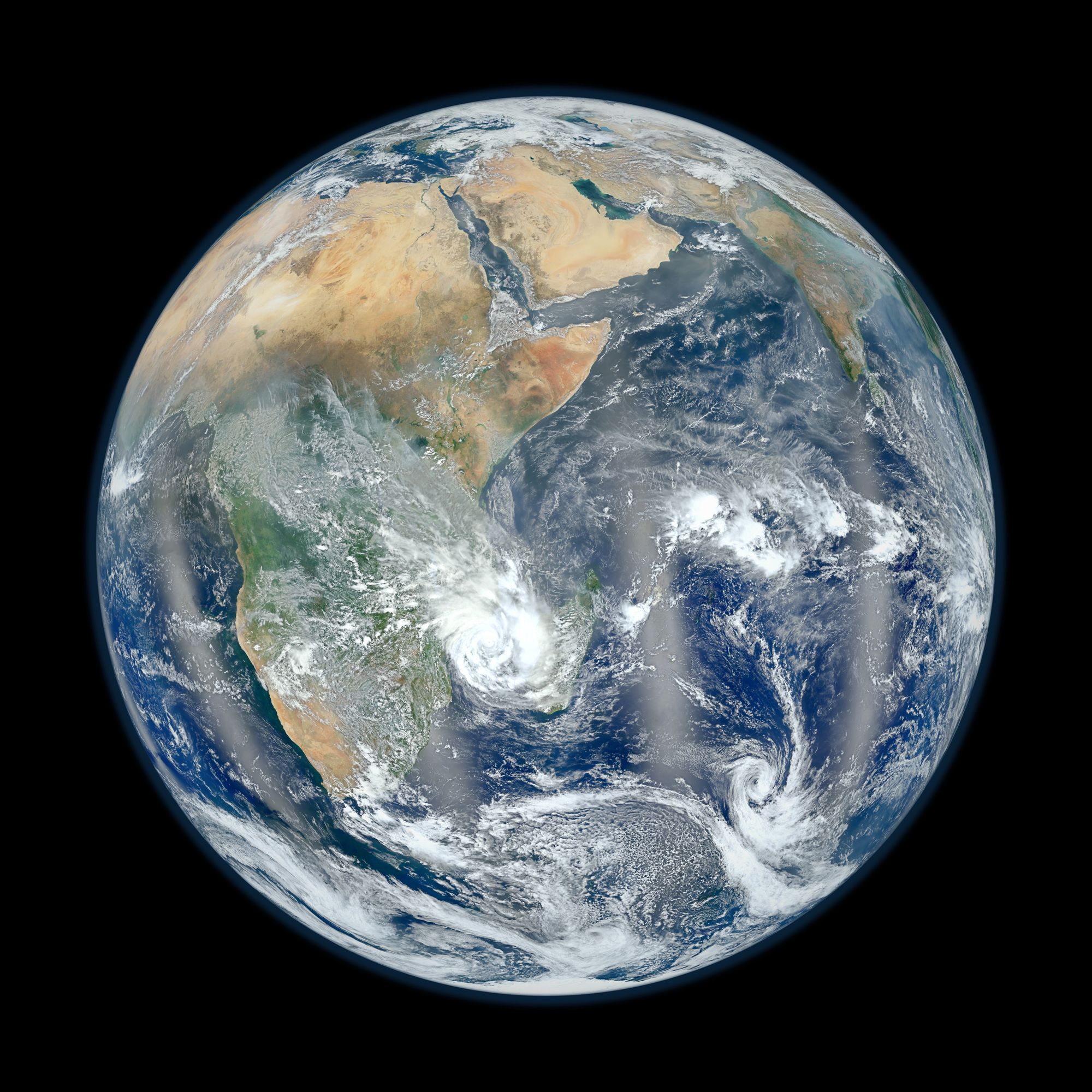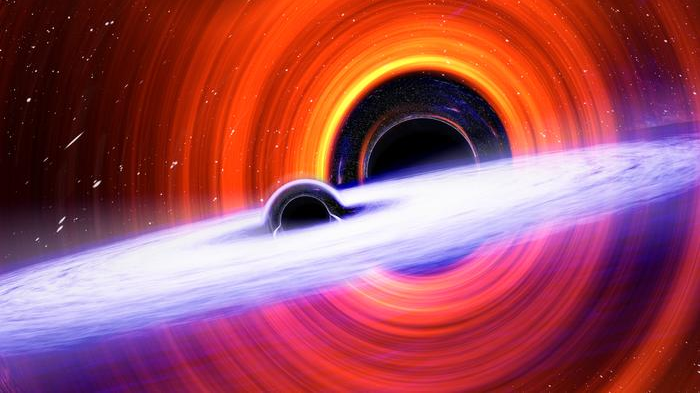Earth Formed From Diverse Meteorite Mix, Study Suggests

Earth's building blocks were more eclectic than once thought, according to a new study suggesting our planet formed from collisions of many different types of meteorites.
Our planet is thought to have formed around 4.5 billion years ago from a disk of dust grains left over from the cloud of material that built our sun. These grains slowly clumped together, drawn by gravity into pebbles, then boulders, then planetary embryos. Eventually, enough mass coalesced to form the planet Earth.
Scientists had thought that most of the bodies that merged to make Earth formed from a narrow zone in space and were similar to each other, belonging to a subclass of meteorites called enstatite chondrites. This idea was based on measurements of numerous striking similarities between different types of atoms (called isotopes) of elements such as oxygen, nickel and chromium, between the Earth and enstatite chondrites.
But a new study of the silicon isotope signature of Earth rock samples and meteorites suggests that Earth is made of a more diverse mix of meteorites. [The Solar System To Scale (Infographic)]
Geochemists Caroline Fitoussi and Bernard Bourdon of the Ecole Normale Supérieure de Lyon in France analyzed the silicon isotopes in terrestrial rock samples collected from diverse types of mantle rocks. They also analyzed lunar rock samples collected by NASA astronauts on moon missions. They compared these to meteorite samples, particularly enstatite chondrites and another type called enstatite achondrites. The measurements were done at the Swiss Federal Institute of Technology of Zurich in Switzerland.
Using computer models of Earth's formation, the researchers calculated that a mix of three types of meteorite ingredients could have produced the right blend of oxygen, nickel, and chromium isotopes previously measured in Earth samples, as well as their new findings about silicon isotopes in terrestrial and meteorite samples. The results suggest that a mixture of chondrites, rather than enstatite chondrites alone, probably combined to create the Earth.
"This is the first time that a different composition in isotopes is observed for a major element between the enstatite chondrites and the Earth," Fitoussi told SPACE.com. "So that's quite different from what has been observed before."
Breaking space news, the latest updates on rocket launches, skywatching events and more!
The fact that the silicon isotope compositions measured were similar in both the Earth and moon rock samples suggests that the material that formed the moon must have mixed with the Earth's mantle before the moon formed so that both bodies hold the same signature.
"That should tell us something about how the moon really formed and what are the constraints," Caroline Fitoussi said.
The moon is thought to have resulted when a giant asteroid slammed into the Earth not long after our own planet's birth. But the precise details of the process are still not well understood.
The new findings were published in the March 2 issue of the journal Science.
You can follow SPACE.com assistant managing editor Clara Moskowitz on Twitter @ClaraMoskowitz. Follow SPACE.com for the latest in space science and exploration news on Twitter @Spacedotcom and on Facebook.
Join our Space Forums to keep talking space on the latest missions, night sky and more! And if you have a news tip, correction or comment, let us know at: community@space.com.

Clara Moskowitz is a science and space writer who joined the Space.com team in 2008 and served as Assistant Managing Editor from 2011 to 2013. Clara has a bachelor's degree in astronomy and physics from Wesleyan University, and a graduate certificate in science writing from the University of California, Santa Cruz. She covers everything from astronomy to human spaceflight and once aced a NASTAR suborbital spaceflight training program for space missions. Clara is currently Associate Editor of Scientific American. To see her latest project is, follow Clara on Twitter.
